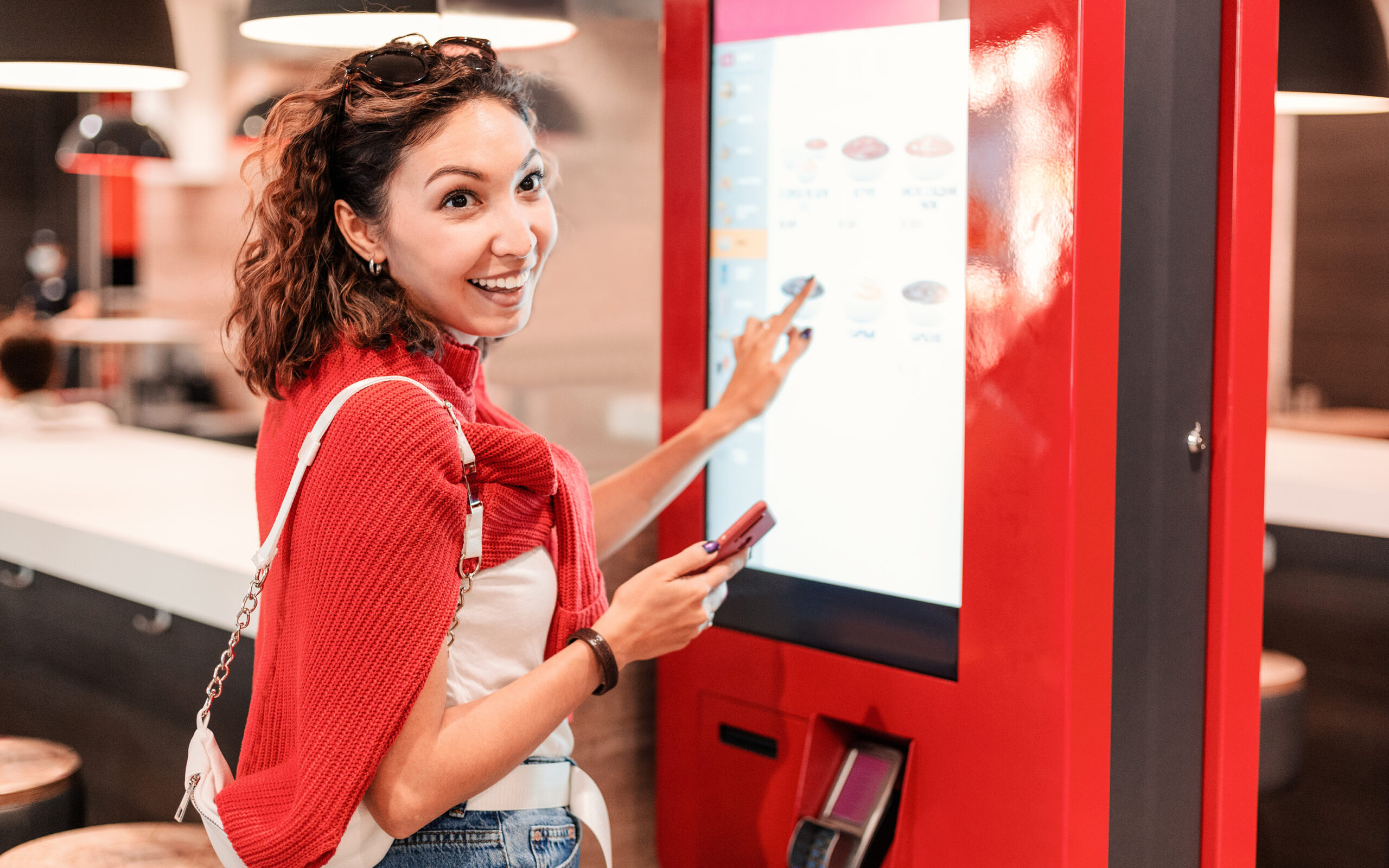Check out these numbers:
- 42% of consumers want self-service customer support options, per CX Network
- 73% use self-service at some point during the customer journey, per Gartner
These figures aren’t surprising, since the benefits of self-service are significant.
For customers, self-service channels are, ideally:
- available any time of day, anywhere in the world
- faster and more convenient than live service, with minimal wait time
For organizations, self-service channels should facilitate:
- efficiency and cost-efficiency, with human agents freed to focus on complex matters, while automation and artificial intelligence (AI) handle routine issues
- ‘purer’ customer information, since self-service can collect data on interaction, usage, and other customer behavior, uninfluenced by external factors
For both consumers and companies, self-service can improve customer satisfaction and loyalty. Related to this, self-service is a critical element of omnichannel customer experience (CX), meaning that consumers want and should be able to interact with a brand via the channels of their choice, whether that’s voice, text, or what-have-you.
Self-service alone encompasses multiple CX channels. Here are a few categories:
- Knowledge bases and Frequently Asked Questions (FAQs) – arguably the most fundamental form of self-service, providing consumers with prepared answers to predictable questions, like, “Does this need to be refrigerated?” Although many of us think of FAQs in digital terms, they can also be incorporated in product packaging, brochures and flyers, or environmental media like billboards and posters.
- Interactive Voice Response (IVR) – similar to our first item, provides pre-recorded information for anticipated questions or issues, accessible through landline or mobile phone, often with multi-layered menus for narrowing down concerns
- Automated text messaging – includes chatbots, virtual assistance, short message service (SMS), email, and more. These facilities can not only interpret and respond to more complicated queries, but also handle interactions like appointment scheduling and reminders, along with order confirmations and delivery updates.
- Mobile apps and Self-service kiosks – enable orders, payments, and other transactions, interactions, and customer support, via cell phone, laptop, personal computer, or a physical terminal situated at a convenient public location
- Community forums – empower a brand’s audience to share answers, solutions, experiences, and best practices. Particularly popular in the gaming industry, this not only provides another avenue of customer support, but helps deepen customer engagement and gather insight for troubleshooting and/or strategic development.
Now, all that’s useful information, but here’s what you need to know: in a survey of nearly 6,000, respondents said only 14% of their issues were fully resolved through self-service.
That means: consumers want self-service, there are great reasons why, there are lots of ways to do it – but it’s not always working the way we all want it to. So, how can an organization make sure that their self-service CX is actually serving their customers?
Great self-service CX has to be:
- Easy to use – Your self-service channels must be intuitive, so that customers can get what they need, without having to learn new skills just to ask a question.
- Accessible – Not everyone has 24/7 internet connectivity, so your self-service strategy needs to accommodate at least a couple of options that work for anyone.
- Consistent – Customers loathe having to repeat information and getting conflicting responses, so keeping data and messaging updated across channels is key.
- Smart – Consumers also hate feeling that they’re not being understood, so your self-service has to be able to understand what they’re saying and express empathy.
Generative AI can help with all that, but to deliver self-service that lets consumers skip human intervention, the most crucial element, truly, is human comprehension.




